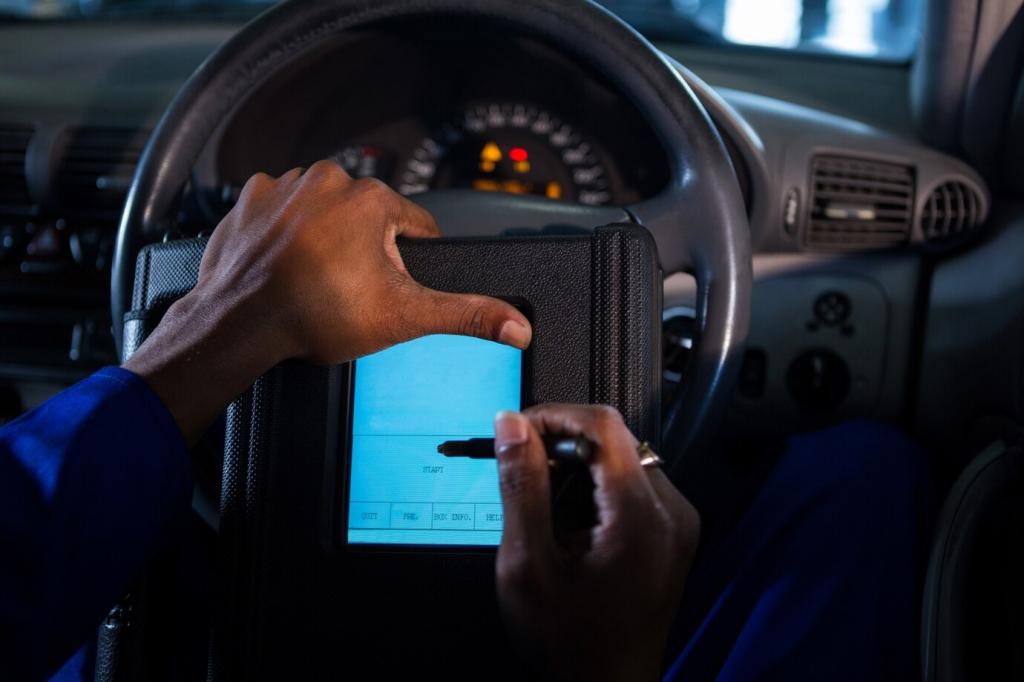How Telematics Improve Driving Safety
Telematics technology is transforming the way drivers, fleet managers, and insurers approach road safety. By combining telecommunications and informatics, telematics systems collect, transmit, and analyze data from vehicles in real time. This technological advancement not only fosters safer driving habits but also facilitates better decision-making, minimizes risky behaviors, and helps in accident prevention and mitigation. Understanding the mechanisms through which telematics enhances safety is crucial for drivers, businesses, and anyone invested in making the roads safer for every user.

Monitoring Driver Behavior
Telematics provides constant monitoring of vehicle speed, comparing actual driving speeds with posted limits on various roadways. When excessive speeding is detected, alerts can be sent to the driver or designated fleet managers. This enables immediate intervention and encourages drivers to adhere to legal speed limits. Over time, such monitoring cultivates a culture of responsibility and attentiveness behind the wheel. By understanding when and where speeding most frequently occurs, organizations or individuals can take targeted action to correct behaviors that lead to heightened accident risk, ultimately creating a safer driving environment for all road users.
Telematics is capable of automatically detecting harsh driving events such as sharp braking, rapid acceleration, and aggressive cornering. Each of these incidents is logged and analyzed to build a profile of at-risk driving behavior. Fleet managers and individuals receive feedback that helps them understand the specific actions contributing to unsafe driving. By highlighting these moments, telematics prompts self-correction and training opportunities. This proactive feedback loop helps drivers become more aware of their actions, encourages responsible habits, and over time, reduces the likelihood of collisions caused by abrupt or reckless vehicle maneuvers.
Some advanced telematics systems incorporate sensors and algorithms designed to detect signs of driver fatigue or distraction. By monitoring parameters like steering patterns, lane departure, and erratic movements, these systems can send immediate alerts when signs of drowsiness or inattention are detected. Early warnings can prompt drivers to take necessary breaks or refocus their attention. This capability is particularly valuable for long-haul commercial drivers, but it can benefit any driver at risk. By addressing these common human factors, telematics significantly mitigates the dangers associated with tired or distracted driving, thus enhancing road safety.


Enhancing Accident Response and Analysis
One of the most significant advances in telematics is the ability to automatically detect collisions and notify emergency services. When a crash occurs, telematics systems can instantly transmit location and impact data to designated contacts and first responders. This rapid communication reduces emergency response times, potentially saving lives and minimizing the severity of injuries. Especially in remote or less-traveled areas, automatic crash notification ensures that help is dispatched even if occupants are incapacitated or unable to call for assistance themselves.
Telematics systems function as a black box for vehicles, capturing and storing crucial information before, during, and after an accident. Data such as speed, brake use, direction, and forces experienced are recorded for later analysis. This information aids in accurately reconstructing incidents, improving the fairness of insurance or legal proceedings. Furthermore, understanding the exact circumstances of accidents allows for informed decision-making on how to modify safety policies or training methods, directly contributing to road safety improvements.
Insurance claims following an accident can be complex and contentious. Telematics data provides unbiased evidence regarding driving behavior and accident circumstances, supporting the accurate assessment of liability. With access to factual, time-stamped records, insurers can process claims more efficiently and fairly. This reduces fraudulent claims and ensures that responsible parties are held accountable, benefiting both drivers and the insurance industry. Ultimately, this transparency and accountability foster safer driving practices and promote a culture of responsibility on the road.
